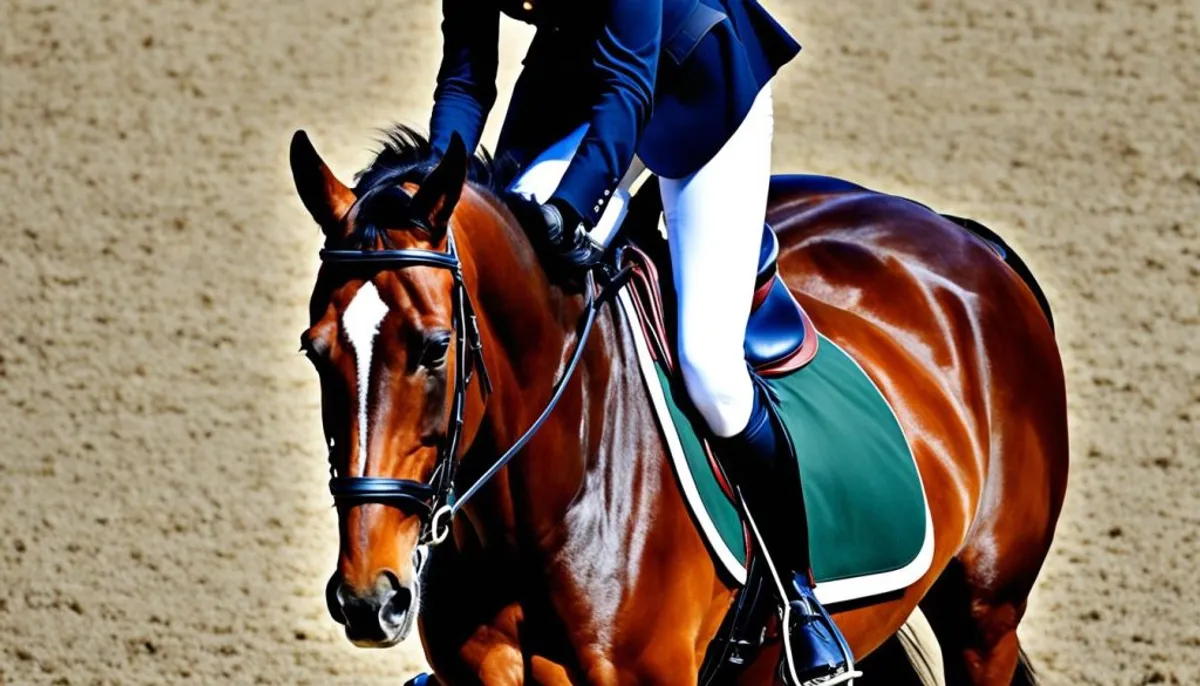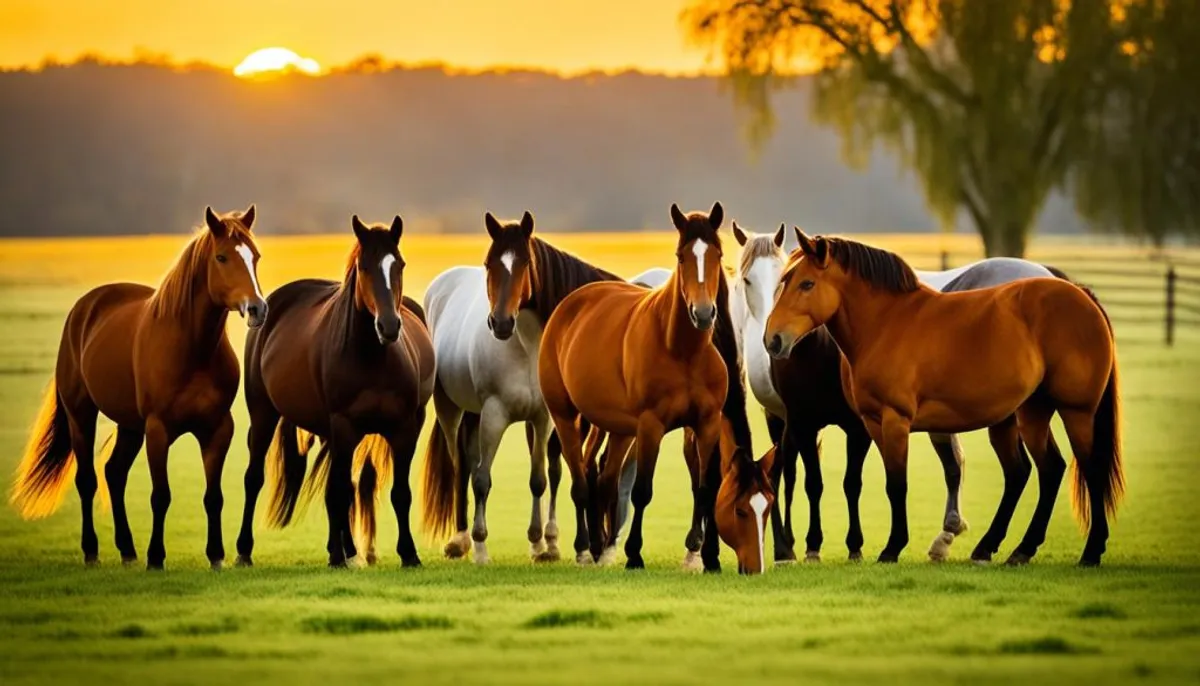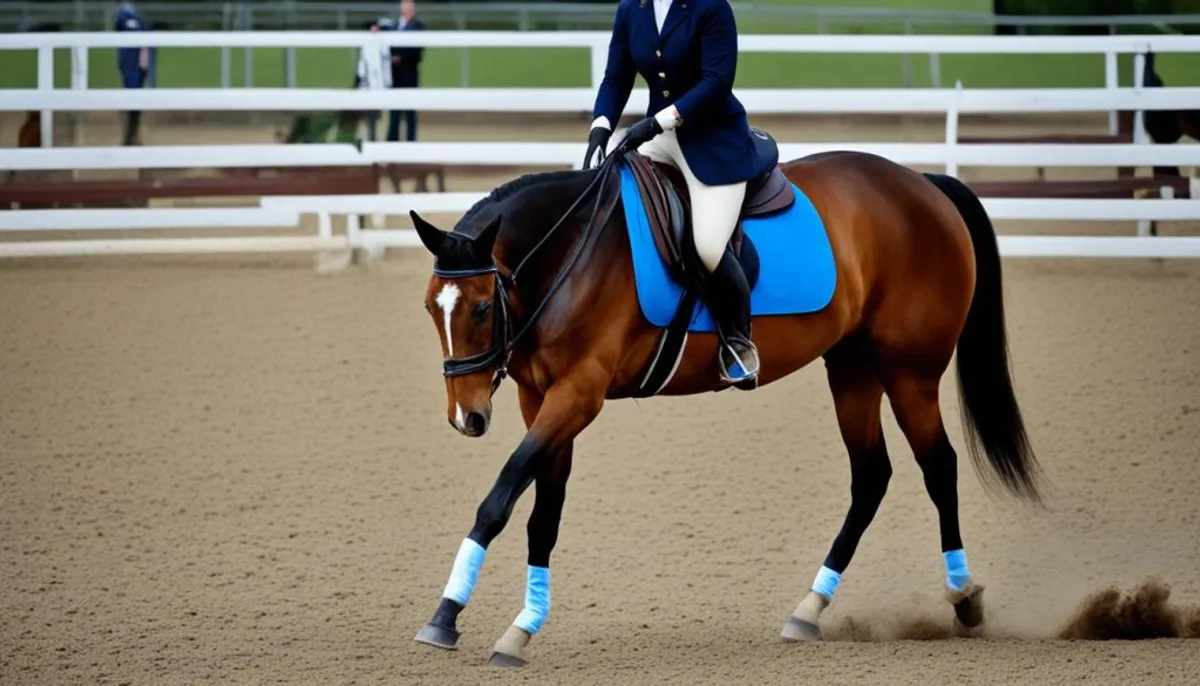Friction is a common problem in horseback riding. It affects both the rider and the horse. It is crucial to understand the reasons and ways to avoid it. This way, you can better enjoy riding while preserving the health of your mount. This guide will provide you with tips to reduce friction during your sessions.

Main points to remember
- Friction in horseback riding can cause discomfort for the rider and the horse
- Understanding the causes of friction is key to better preventing it
- Solutions exist to minimize the risks of friction and preserve your horse's health
- Proper management of friction allows for full enjoyment of horseback riding
- Being attentive to signs of friction and acting accordingly is essential
The horse's life in the stable and in the wild
When in a stable, a horse loses its friends. However, it can still communicate with them through the bars. Grooming is also important. It helps maintain friendships and improves their well-being.
Life in the wild
Normally, horses live in groups. They groom each other and know who is in charge. This social life is crucial for their well-being.
Friendship among horses
Several horses become friends at a very young age. They keep each other company. Grooming also strengthens their bonds, similar to when they scratch each other.

| Life in the stable | Life in the wild |
|---|---|
| Deprived of natural social interactions | Life in a group with established hierarchy |
| Possible interactions over the bars | Mutually groom each other, identify the dominant ones |
| The grooming recreates a social bond | Develop friendships from a young age |
Hierarchy and behavior of horses
Understanding the hierarchy and behavior of horses is vital for riders. Horses are social and establish a dominance order. Knowing who dominates in a herd can help you interact better with your horse.
Identifying the dominants
Identifying the leaders of a group of horses is easy. They show certain signs:
- They are the first to access resources like food, water, or shelters.
- They push other horses to move by nudging or lightly biting them.
- They often stay at the center of the group, while less dominant horses remain on the periphery.
- They adopt a proud and upright posture, with their heads held high and ears attentive.
Knowing about this hierarchy can strengthen your bond with your horse. As a rider, you need to be the leader to gain your horse's trust.
Observing your horse closely helps you understand where it stands in the hierarchy. This will guide you for effective management, establish a harmonious relationship, and prevent behavioral issues.
Horseback riding friction: causes and consequences
The friction between the rider and their saddle can cause discomfort. These issues can hinder the rider and affect their performance.
There are several reasons for friction in horseback riding. This includes an ill-fitting saddle or irritated skin.
Sudden movements during riding are also a cause. This requires hydration and protection for the skin.
Here are the possible effects of this friction:
- Pain: Friction can create irritations and painful spots, reducing the rider's comfort.
- Irritations: Friction can lead to redness, heat, or even lesions on the rider's skin.
- Loss of sensitivity: Over time, this can diminish the sensitivity of the skin, making fine communication with the horse difficult.
It is essential to avoid these problems. To do this, properly adjusting your equipment is crucial. Additionally, hydrating the skin and using the right riding techniques greatly helps. A comprehensive solution ensures the well-being and performance of the rider.

Preventing and treating locomotor disorders
The joints of the horse are vital for its mobility and well-being. They are made of bones, ligaments, joint capsules, and cartilage, allowing for smooth movements. They also absorb shocks. Keeping these joints healthy is key to avoiding mobility issues.
Chondroprotectors
Supplements like glucosamine, chondroitin sulfate, and MSM protect the cartilage. This helps prevent and relieve mobility issues in horses.
Keeping joints healthy
A horse, even if young and fit, can experience shocks to its joints. This happens with hard training or working on rough ground. Taking chondroprotectors preventively helps maintain the joints in good condition and prevent mobility disorders.
FAQ
What are the causes and consequences of friction in horseback riding?
The friction between the rider's skin and the saddle can cause pain. It can also irritate the skin or reduce sensitivity. These issues can greatly impact the rider's performance.
How does the horse live in a stable and in the wild?
In a stable, the horse lacks the social contacts it would have in the wild. Nevertheless, it maintains a connection through interactions with other horses. These horses naturally live in groups, organizing hierarchically and helping each other.
How do horses create social bonds?
Some horses, from a very young age, form lasting friendships. These friendships are strengthened by the care given by their humans. By practicing daily grooming, the rider can thus bond closer with their mount.
How to identify the hierarchy within a group of horses?
Dominant horses show their status by leading the others. Identifying who they are helps build a good relationship with your horse. This helps avoid disputes and improves the riding experience.
How to prevent and treat locomotor disorders in horses?
Locomotor disorders in horses can be anticipated. Supplements like chondroprotectors, rich in essential nutrients for the joints, are effective. Even in young horses, they support joint health.
RelatedRelated articles



